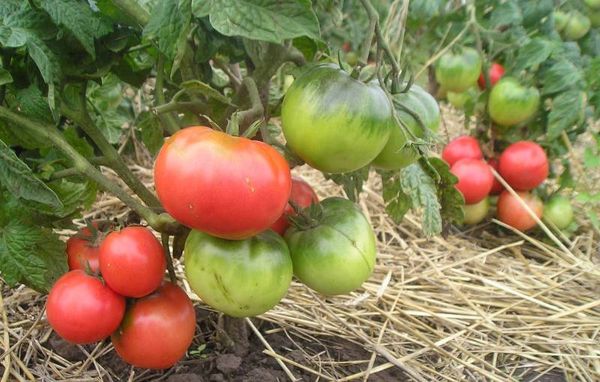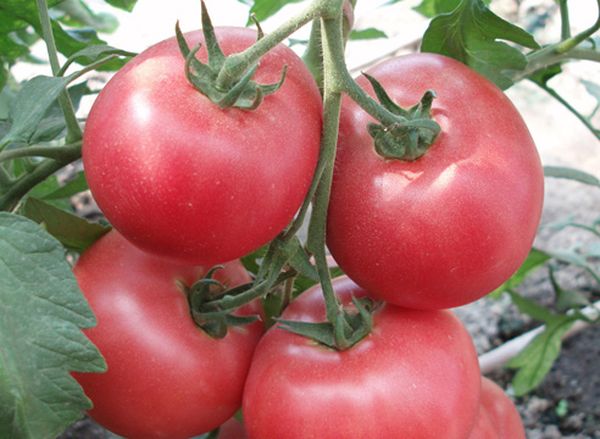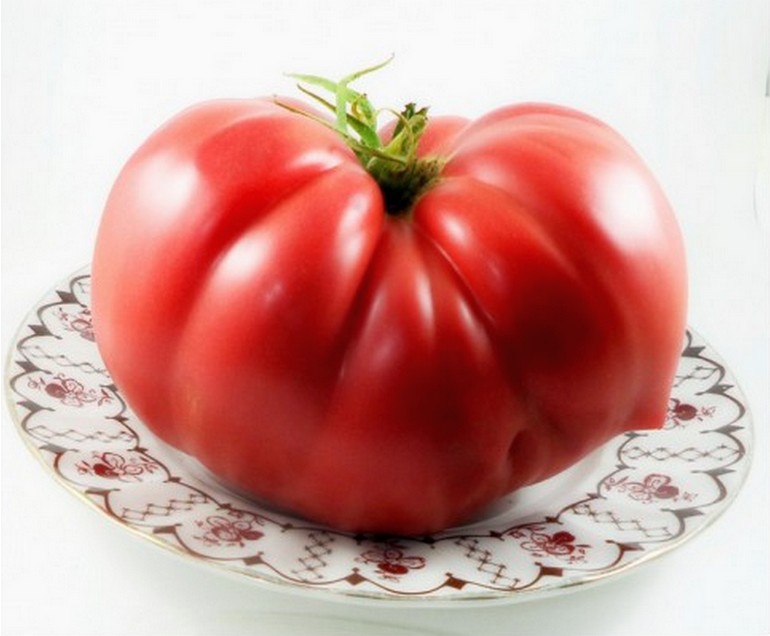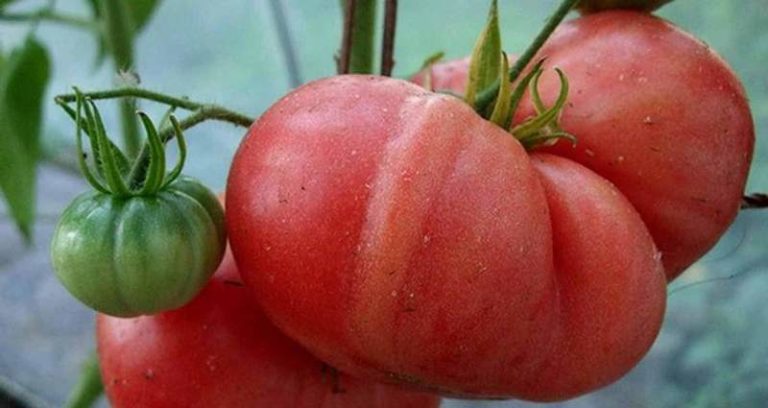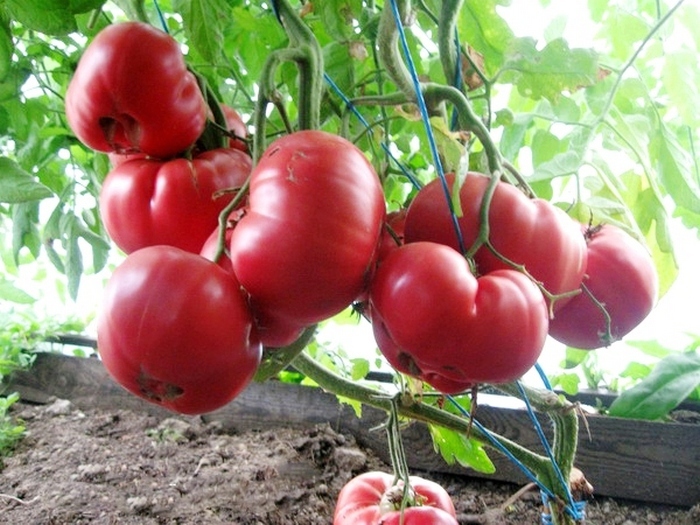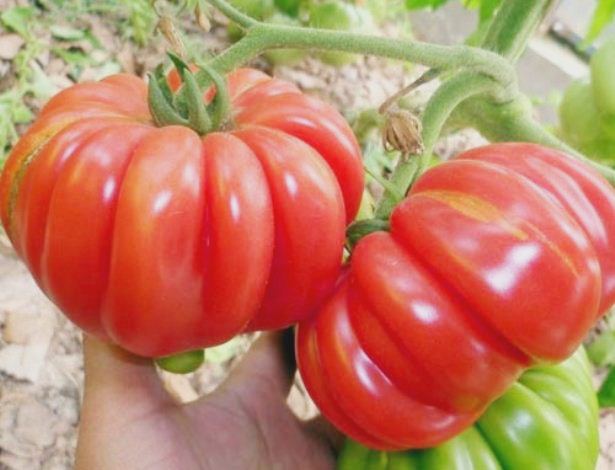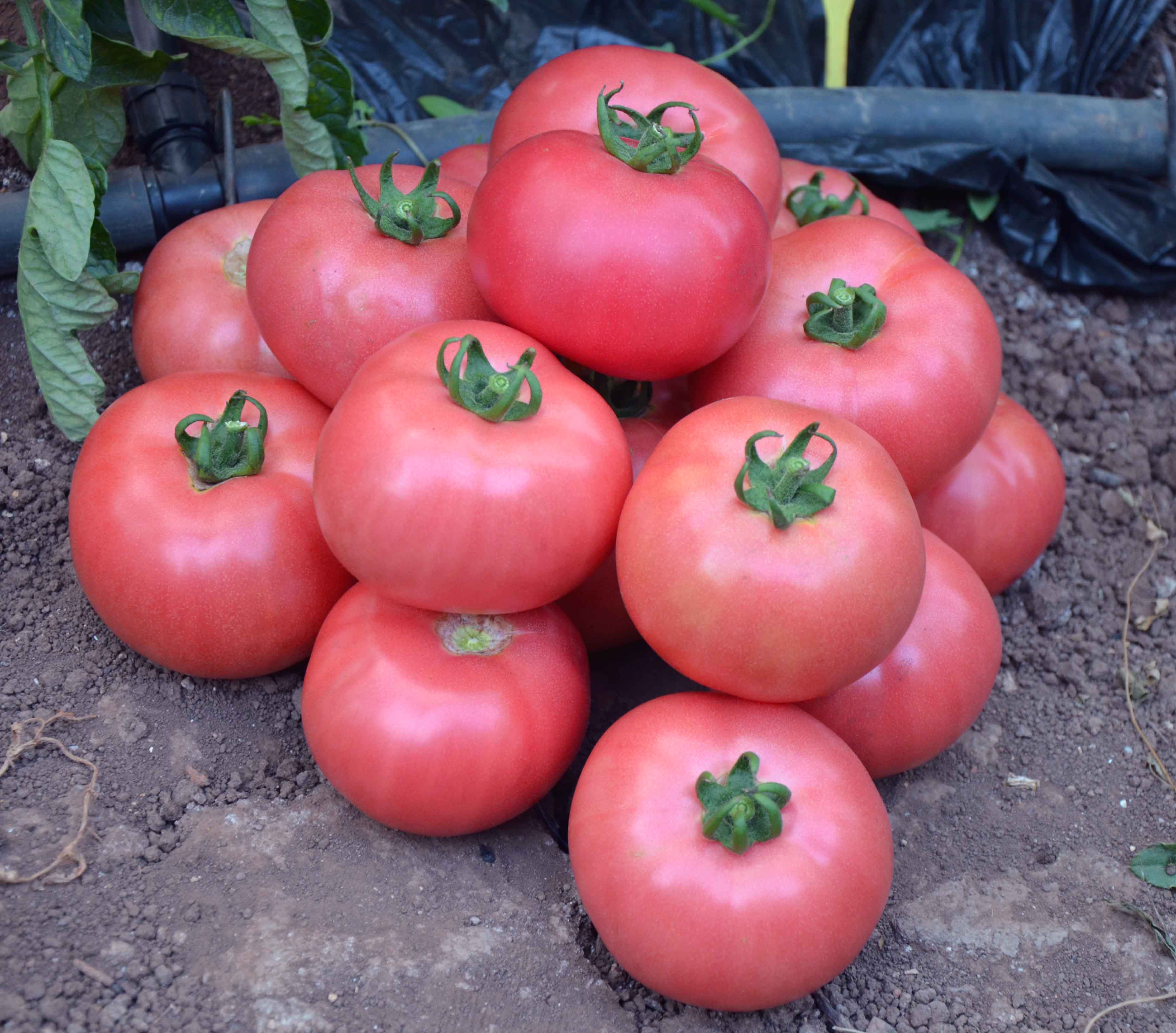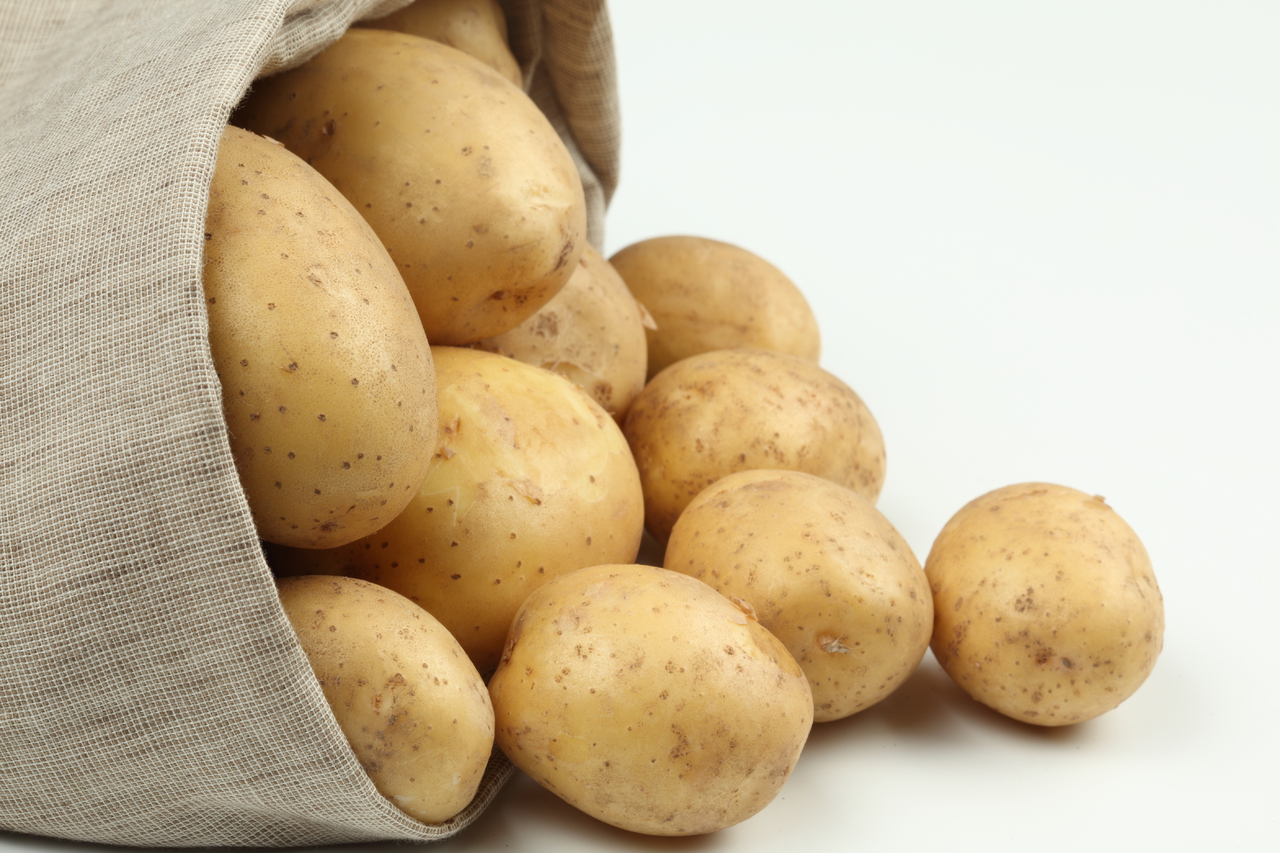Content:
Tomatoes are the most common vegetable crops in garden beds. The various varieties bred by breeders delight with their yield, many other positive characteristics, as well as a variety of fruit colors. Moreover, many vegetable growers no longer plant tomatoes with the usual red color of ripe tomatoes, but try to diversify their beds and look for new tomatoes that are original in appearance or color of ripening fruits.
One of the varieties with pink fruits is the Pink Leader tomato. These tomatoes ripen quickly, have good yields, and are easy to care for. You can read about these and other qualities of these tomatoes in this article.
The history of the creation of the variety
This variety is the fruit of the selection of Russian specialists, included in the State Register for growing in garden beds and greenhouses on personal subsidiary plots. Due to their early maturity, Leader tomatoes can be grown in the middle lane or in Siberia, where the summer is not too long and cool enough, but the fruits of this variety will have time to ripen.
There is also another Leader variety - Red. It differs from Pink in its rich red fruit color. Often, when buying seeds, summer residents are mistaken when purchasing Leader tomato seeds, they think that they are buying its pink variety. However, one must carefully look at the packaging, which depicts ripe fruits - red. Tomatoes Krasny Leader are also quite popular among vegetable growers, as they belong to early varieties, are resistant to temperature fluctuations, and mature fruits have a good presentation and good taste.
Characteristics and features of the variety
Tomatoes Pink Leader are interesting in their characteristics and description of the variety itself. You should start by describing the ripening time of this variety of tomatoes, the color of the fruits of which is similar to pink. From the moment of emergence of the first shoots to harvest, it takes about 90 days. Sowing material can be planted both seedling and non-seedling method. Standard tomato Leader belongs to the determinant type. The bushes are compact, growing to a height of 45-50 cm. Due to their small size, these vegetable plants can be planted more often than other varieties of tomatoes, resulting in more pink tasty fruits. 6-8 tomato bushes of the Rose Leader can be planted on 1 m².
Also, the shoots do not need tying and pinching, which is the main feature of this tomato bush. Foliage - typically tomato, oval-oblong, rich emerald color.
Tomato Leader - the description of this variety can be continued with a story about ripe fruits and yield. The first ovaries in a plant are formed after 6 or 7 permanent leaves. The ovaries are collected in clusters, each of which ripens up to 5 tomatoes.
The fruits ripen quite amicably, they are about the same size, rounded, of a beautiful pink color. The skin is quite dense, but it is practically not felt in food, it is not prone to cracking, therefore it tolerates transportation well over fairly long distances. In this case, the appearance does not change, and the taste does not deteriorate. The mass of ripe fruits ranges from 65 to 100 g, the first fruits in a cluster are usually larger (up to 100 g), and the latter sometimes ripen small - about 45-50 g.In general, the yield of tomato Pink Leader is about 2 kg per bush, and from 1 m² - no more than 11-11.5 kg.
Agricultural technology for growing tomatoes
For seedlings, the seed material of these tomatoes is sown in late March or early April, depending on the growing region.
Pre-prepared containers are filled with commercial formula, but you can also prepare it yourself. To do this, mix in equal parts high-moor peat and river sand.
The seeds can be planted dry, but they can be kept in a damp cloth for several days until they hatch. The seed is deepened to a depth of 1.5-2 cm. Then the crops are watered and covered with plastic wrap until sprouts appear. After that, the film is removed, and the containers are placed in a well-lit place. When the seedlings have 2-3 true leaves, they should be picked in separate containers. During the period of growing seedlings, it is fertilized at least 2 times, using complex mineral fertilizers for this.
12-14 days before transplanting the seedlings to a permanent place, they begin to harden them, taking them out into the fresh air for a short time at first, but gradually increasing the time they spend outside. It is also worth reducing the watering regime, feeding and spraying the seedlings with a solution of copper sulfate for preventive purposes.
The area where tomatoes of this variety will grow should be well lit by the sun, the soil should be loose and fertile, without stagnant moisture. The scheme of planting seedlings in a permanent place is 0.5 * 0.4 m.
The holes are pre-watered, then the plants are carefully removed from the containers and placed in the planting holes. Then they fill in the earth and compact it slightly.
Further care consists in regular watering, loosening around the growing bushes, removing weeds and applying top dressing. Especially carefully you need to monitor the condition of the soil - it should not dry out, but it is not required to fill the plants.
Advantages and Disadvantages of the Pink Leader
The advantages of this variety include:
- early maturity of the variety;
- compactness of plants;
- resistance to sudden changes in weather;
- high nutritional value of ripe fruits, due to the content of ascorbic acid, vitamins from group B, and PP; the antioxidant lycopene was also found in the composition of the fruits of the Pink Leader, which has a beneficial effect on the work of the heart and blood vessels;
- no need to tie and pinch;
- high resistance to late blight;
- the harvested crop tolerates transportation well.
Many vegetable growers consider the main disadvantage of the variety to be a relatively low yield - up to 2 kg from a tomato bush.
